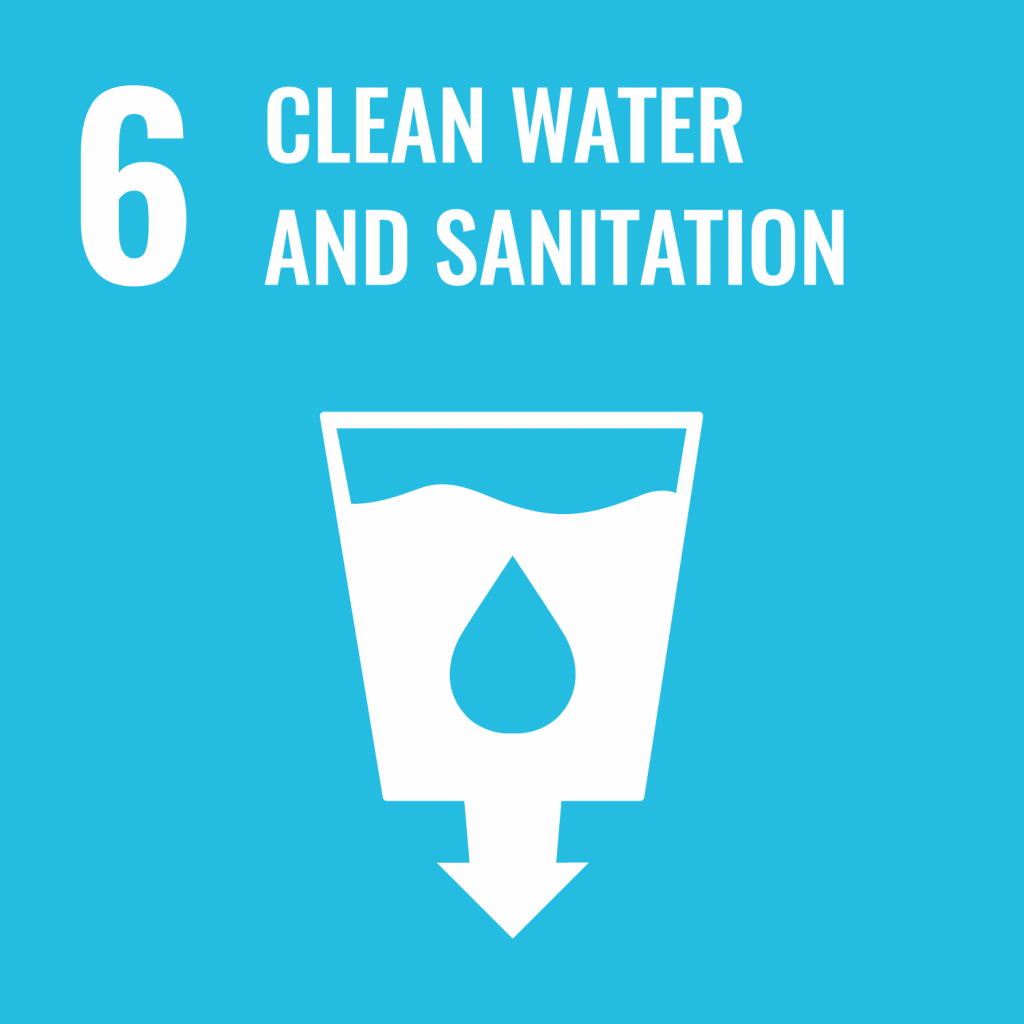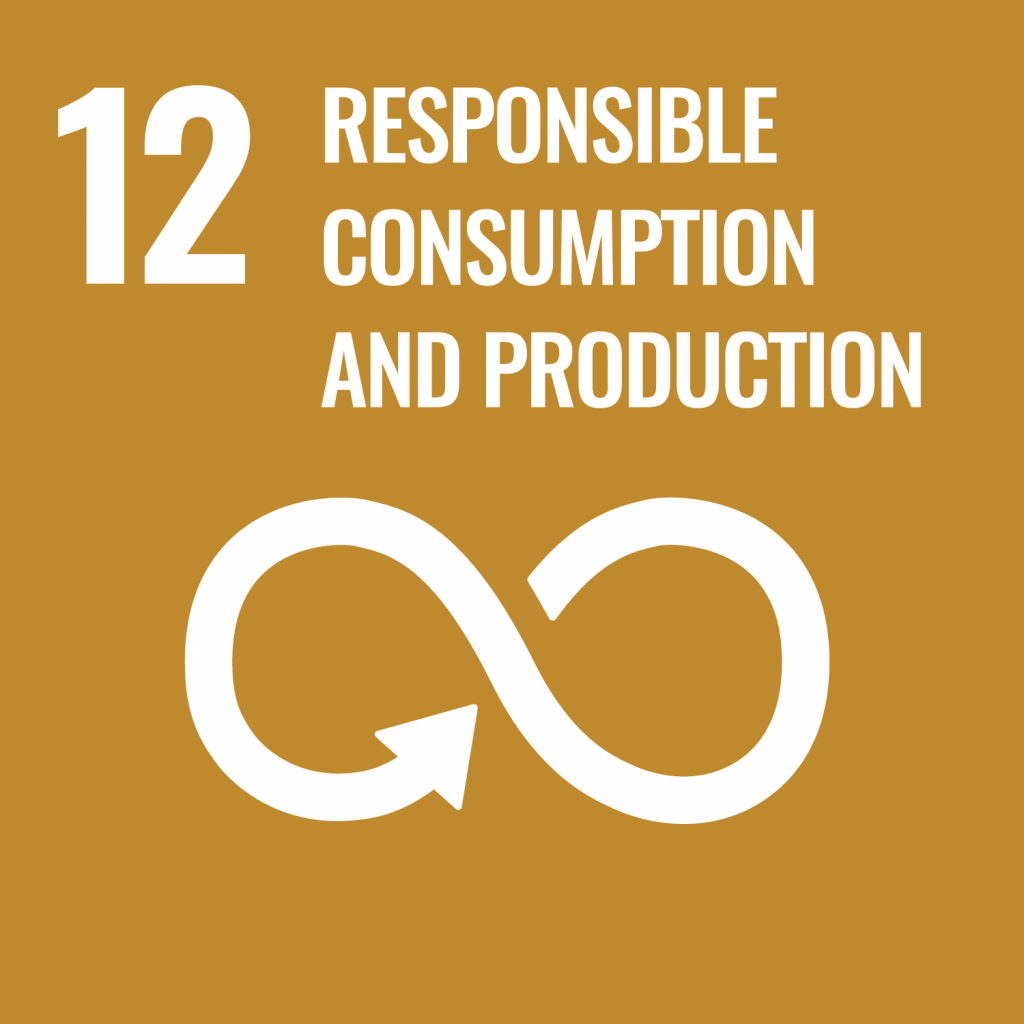
Waste
Waste


Significance & Commitment
Waste management, especially hazardous waste is a significant issue for the Company due to the potential risks it poses to the environment, employee health, and the Company’s reputation as well as its license to operate. Recognizing the importance of responsible waste management, the Company is committed to strict compliance with each country’s laws and regulations.
Management Approach
The Company emphasizes on reducing waste using the approach: prevention & reduction, reuse, recycle, and recovery. This is to reduce the amount of waste that would otherwise be disposed by incineration or landfill. The Company has developed waste management standard in compliance with the local laws and regulations as well as alignment with international best practices comprising of five steps as follow:
1. Planning: Identify source of waste, hazardous characteristic, and disposal method
2. Storage: Ensure proper waste storage facility with regular inspection
3. Transportation: Ensure proper waste handling and track all transportation
4. Treatment and disposal: Maximize the reuse & recycle and avoid landfill
5. Monitoring: Ensure compliance of waste management against standard
Ash and synthetic gypsum, by-products from the coal-fired power plants, can be used as raw material in the cement and concrete industry. The Company focuses on sizing them to serve different market demand, provides proper storage facilities in compliance with local regulations, and closely monitors environmental impact from such storage areas.
Mineral Waste
The Company carries out the preliminary risk assessment for all business units to identify whether there are any risks regarding the mineral waste. The waste management standard specific to the mineral waste has been developed and deployed across operations, covering the pre-mining until the post-mining stages. The following activities are associated with the mineral waste:
Activity
Mineral waste
Coal extraction
Overburden/waste rock
Coal processing
Tailings
Overburden
The Company integrates an overburden management plan with the mine plan for each specific mine. Since the pre-mining stage, the geological survey has been performed to determine the geochemistry of overburden and to create a geological model with aims to minimize amount of overburden removal and maximize in-pit backfilling.
Tailings
Tailings management plan is developed for each operation by applying a risk-based approach, throughout their entire life, from the location selection in pre-mining stage to the reclamation in mine closure stage. In Australia, the Reject Emplacement Area (REA) Oversight Committee has been appointed to carry out the standard and audit process. All tailings storage facilities are designed and inspected regularly by external experts, as well as the tailings management plans that are periodically reviewed especially when there are significant changes in the mining plans.
Acid Mine Drainage Management
The acid mine drainage management procedure has been developed and used as a Company’s framework with several preventive measures. The acid mine drainage is one of the key issues discussed in the mine planning review meeting to ensure its efficiency. Where acid mine water exists, water quality must be well treated prior to discharge to the environment or the mine closed.
Year in Review
In 2023, the Company actively worked to minimize waste generation from the operations. Key initiatives included coal handling optimization project in Indonesia and the development of waste flow diagrams across value chain for operations in Vietnam.
